Top 5 Health Tech Trends to Watch in 2022
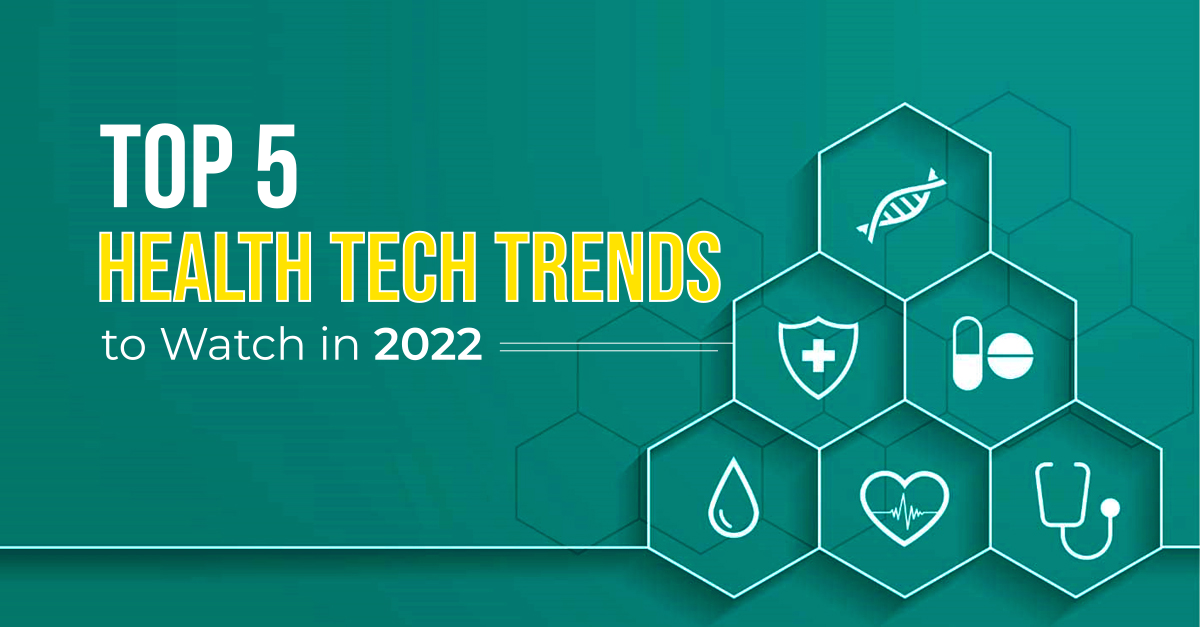 The coronavirus pandemic has vividly transformed the way healthcare is practiced globally. Technology in healthcare is crucial to balance the multiple challenges within the healthcare industry and maintain robust healthcare facilities while providing medical services. Global healthcare experts have identified the top five health tech trends to watch for in 2022. These latest technologies within the healthcare industry are a boon to the medical industry. Medical experts have appraised it with ascertained results for effectiveness. Digital transformation empowers healthcare workers, enabling them to deliver quality care to all patients.
The coronavirus pandemic has vividly transformed the way healthcare is practiced globally. Technology in healthcare is crucial to balance the multiple challenges within the healthcare industry and maintain robust healthcare facilities while providing medical services. Global healthcare experts have identified the top five health tech trends to watch for in 2022. These latest technologies within the healthcare industry are a boon to the medical industry. Medical experts have appraised it with ascertained results for effectiveness. Digital transformation empowers healthcare workers, enabling them to deliver quality care to all patients.
Five Most Popular Health Tech Trends in 2022
Internet of Medical Things (IoMT), cybersecurity measures, Remote Patient Monitoring (RPM), Virtual Reality (VR), and Big Data analytics play a vital role in shaping the global digital health landscape.
Internet of Medical Things (IoMT)
IoMT defines the entire medical industry and is a critical part of the latest health care systems. The objective of IoMT is to provide adequate medical care to the needy. With technological updates, now the patient owns their health monitoring equipment, such as wearables and trackers, which has 24×7 access to the doctors. These devices provide detailed real-time data while recording, monitoring, and saving the patients’ medical data periodically. Such data monitoring is proven to reduce the risk of death and other complicated situations.
Alternatively, watches from Apple and allied brands help track sleep patterns, nutrition habits, the average activity level, and other monitored medical parameters, making a person conscious about their health.
Cybersecurity Measures
Cybersecurity measures involve the interconnectivity of all IoMT medical devices and help detect threats within the healthcare network. It helps protect confidential patients’ information and the availability and integrity of medical data. The advanced medical technological enhancements are a significant security layer for all the sensitive patient data. Robust AI models are deployed to overcome the need to share patients’ information.
Remote Patient Monitoring (RPM)
Remote patient monitoring saves time, medical resources and gives accessibility to patients from rural areas. It includes online appointments, remote medical care, and video conferencing. Advanced IoMT medical devices empower RPM services, creating opportunities and quality medical aid at any given time. RPM contributes significantly to health equity and offers various health services under geographical, social, economic, and political conditions. RPM coupled with IoMT depicts an enormous leap in healthcare technology.
Virtual Reality (VR)
Virtual Reality has revolutionized healthcare by lowering medical costs and offering quality services. Medical technology coupled with VR offers seamless digital interactions that can be reliable and provide secure access to remote medical data. All the VR solutions incorporated into the healthcare facilities empower physicians to make more accurate diagnoses. They also help customize patient treatments and maintain efficient healthcare systems at a lower cost. VR in healthcare is used for surgical training, education for medical students, and providing insights into real-case visualizations. It is also used to provide virtual clinic tours.
Big Data Analytics
The introduction of AI technology in the healthcare industry is cost-effective and offers real-time analysis, long-distance analysis, and patient data measurement. The healthcare industry generates tons of information every second, which is very complex and unstructured. The data is placed on dozens of spreadsheets that can be confusing and unassorted. Adopting Big Data in real-time analytics streamlines the data and enhances the digital future of the healthcare industry. Artificial Intelligence (AI) and Machine Learning (ML) technologies help strengthen the services and accurately enhance patients’ needs. The latest healthcare trends introduce next-level automation and augmentation to improve healthcare facilities’ compliance, control, and capacity processes.
The global healthcare system is undergoing a rapid transformation coupled with advanced technology to monitor patients’ well-being and provide high-quality medical care. There is also a drastic increase in the adoption of electronic health records, practice management tools, and workforce management solutions, improving overall patient engagement care.
Browse by categories
- Agile
- Artificial Intelligence
- Automated testing
- Big Data
- Blockchain
- Business Intelligence
- Chatbots
- Cloud Computing
- Customer Experience
- Data Science
- Design Thinking
- DevOps
- Dialogflow
- Digital transformation
- EduTech
- ETL
- Healthcare
- HealthTech
- Machine Learning
- Mobile application
- Product Development
- Quality Ascent
- Quality Assurance
- Real Estate
- Software Testing
- StartUp
- Testing
Insights
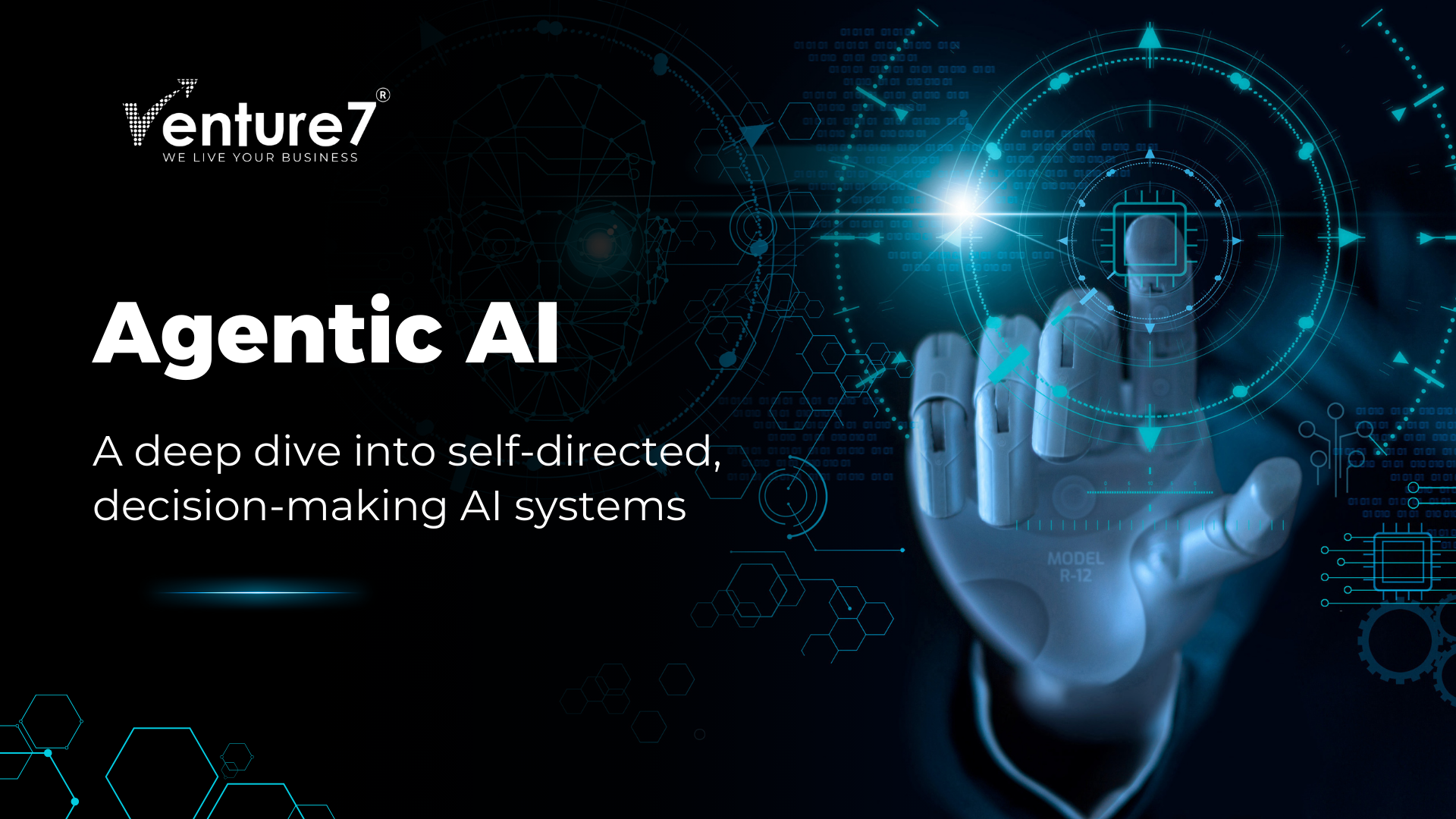
What Is Agentic AI? A Deep Dive Into Self-Directed, Decision-Making AI Systems
Most AI systems work today in the manner of following specific instructions. You ask a chatbot a question, and depending on the data it has, it gives you an answer. You put a destination into a navigation app, and it calculates the best route. All these are reactive AI systems; they react to inputs and […]
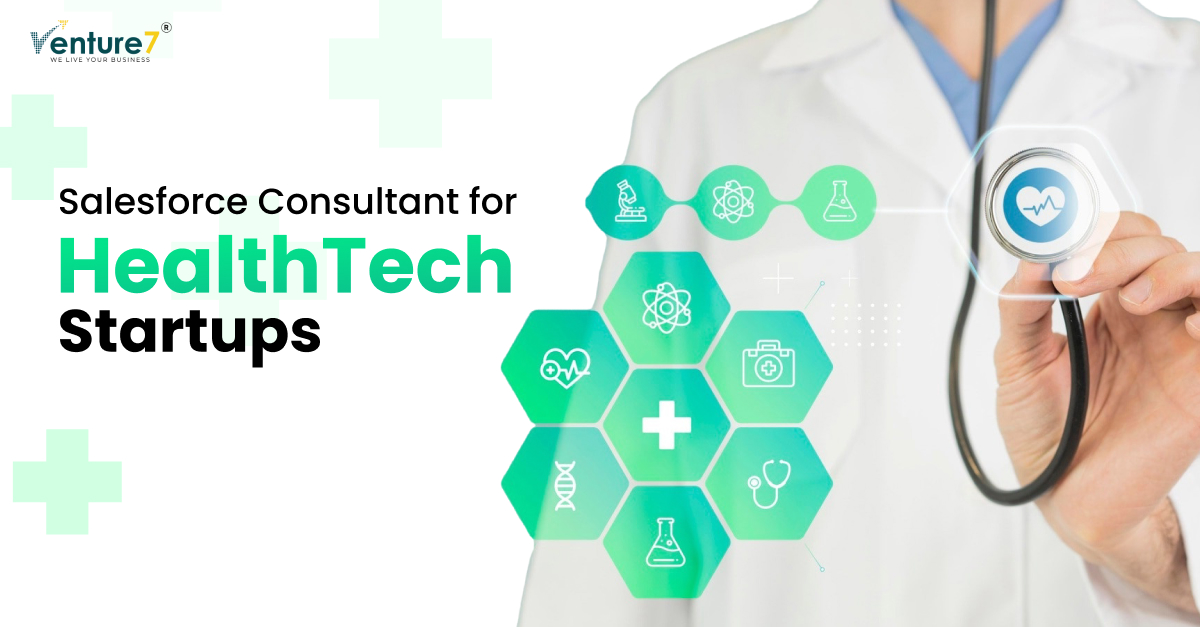
Salesforce Consultant for HealthTech Startups
Running a HealthTech startup is no easy feat. You’re constantly juggling patient care, data management, compliance requirements, and, of course, growing your business. But as you try to overcome these challenges, inefficiencies and rising costs can hold you back. That’s where a Salesforce consultant can step in to simplify your journey and help you focus […]
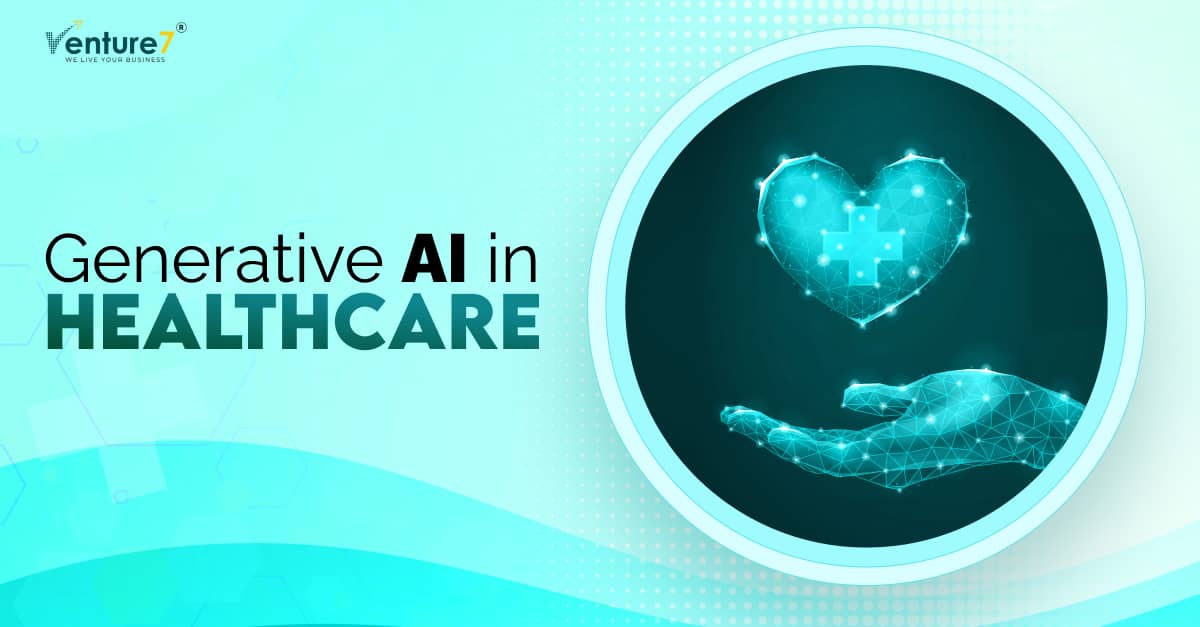
Generative AI – The Future of Healthcare Innovation
The healthcare landscape is entering a groundbreaking phase driven by the emergence of artificial intelligence (AI). While traditional AI is known for its significant role in analyzing existing data, Generative AI moves ahead by creating new data or content. This innovative technology also has amazing potential to transform healthcare in multiple ways. The role of […]
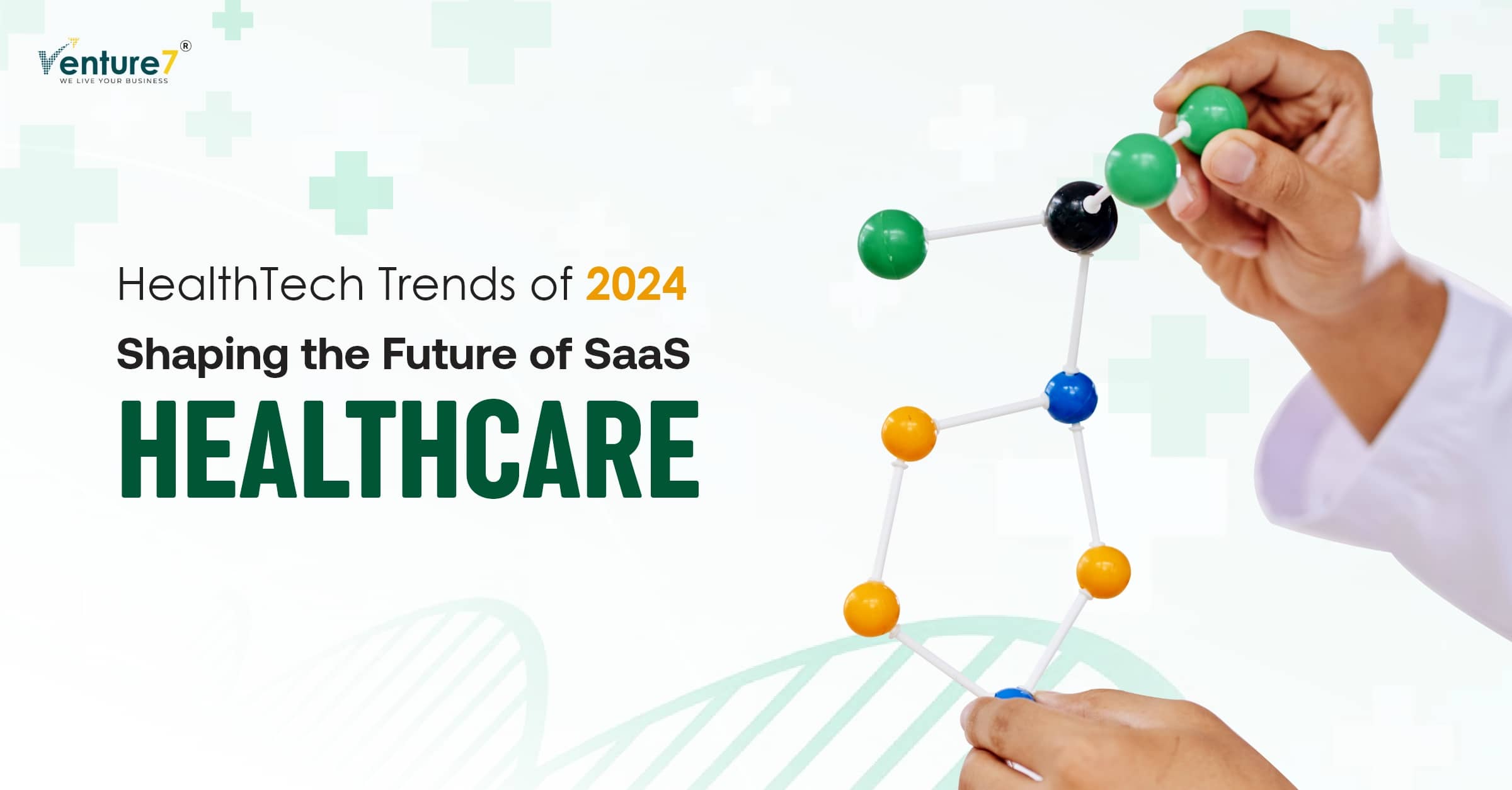
HealthTech Trends of 2024: Shaping the Future of SaaS Healthcare
In the ever-evolving landscape of healthcare, the integration of technology is not just a trend but a revolution, reshaping the field of medical diagnostics, treatment, and patient care. As we progress deeper into the 21st century, the fusion of healthcare and technology has transcended traditional boundaries, heralding a new era of medical innovation like SaaS […]
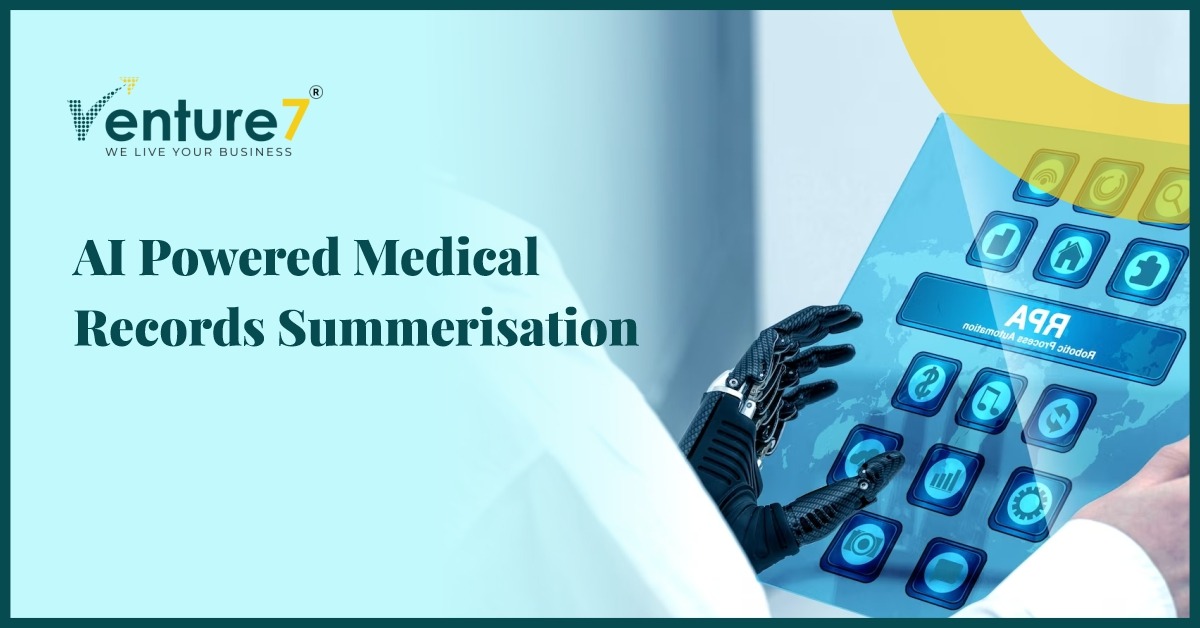
What is Medical Record Summarization?
Healthcare providers find AI-based medical record summarization attractive. Medical professionals rely on concise medical record summaries throughout the healthcare journey to facilitate informed decision-making. The emergence of generative AI has opened the gates of automating the generation of medical records summaries. As per Statista reports, the global AI healthcare market is expected to experience significant […]
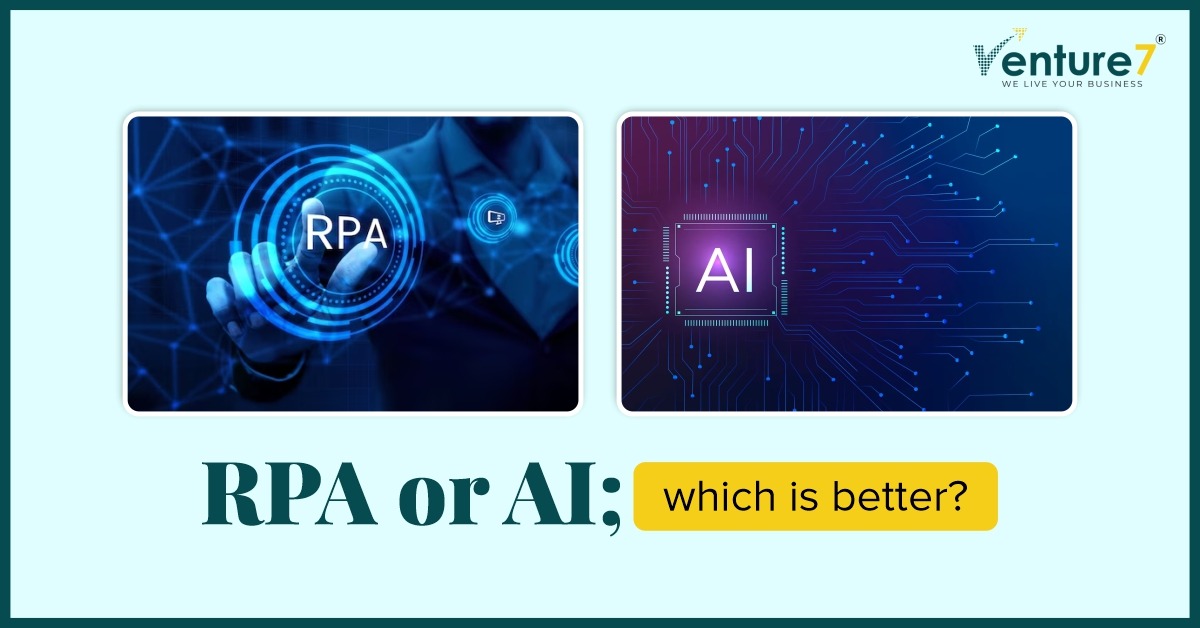
RPA or AI, Which is better?
Considering the question of whether RPA or AI which is better, it’s important to understand that while both technologies involve automating tasks, they have different approaches and purposes. AI involves creating intelligent machines capable of emulating human reasoning, learning, and problem-solving. This entails employing intricate algorithms and data analysis to enable machines to learn from […]
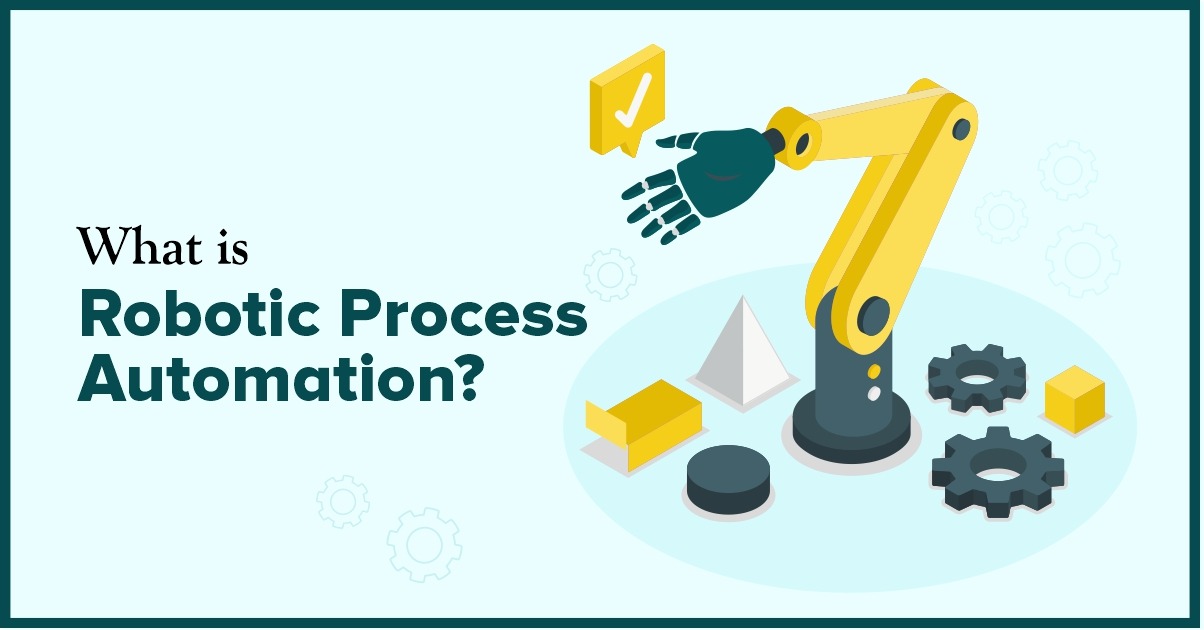
What’s Driving the Surge in Robotic Process Automation?
During the 1990s, many companies adopted business process reengineering as a popular way to revolutionize their end-to-end business processes, using emerging technologies such as enterprise resource planning (ERP) systems and the internet. For instance, they implemented large-scale ERP systems like SAP or Oracle to facilitate data exchange and create a strong IT infrastructure. Process management […]
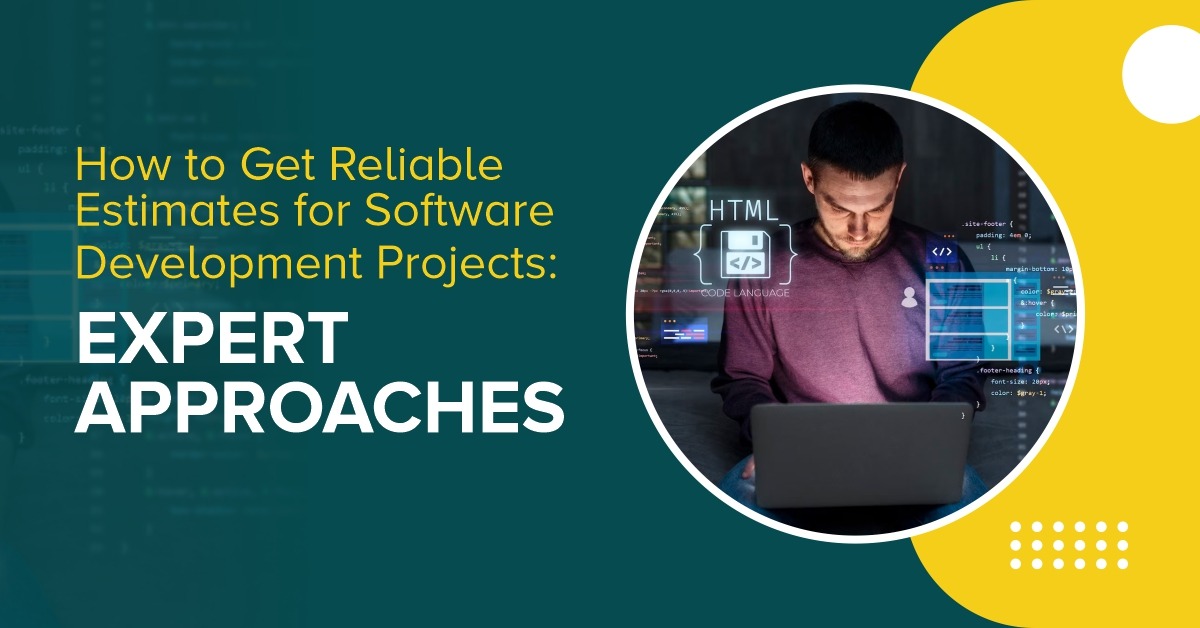
Bottom-Up Software Effort Estimation Technique
Last time, we explained that even though estimating software project timelines is tough, we should do it anyway. We also broadly discussed some of the common estimation techniques. With that background, we want to go into further detail about the bottom-up software effort estimation technique that works for us. A critical aspect any estimation technique […]
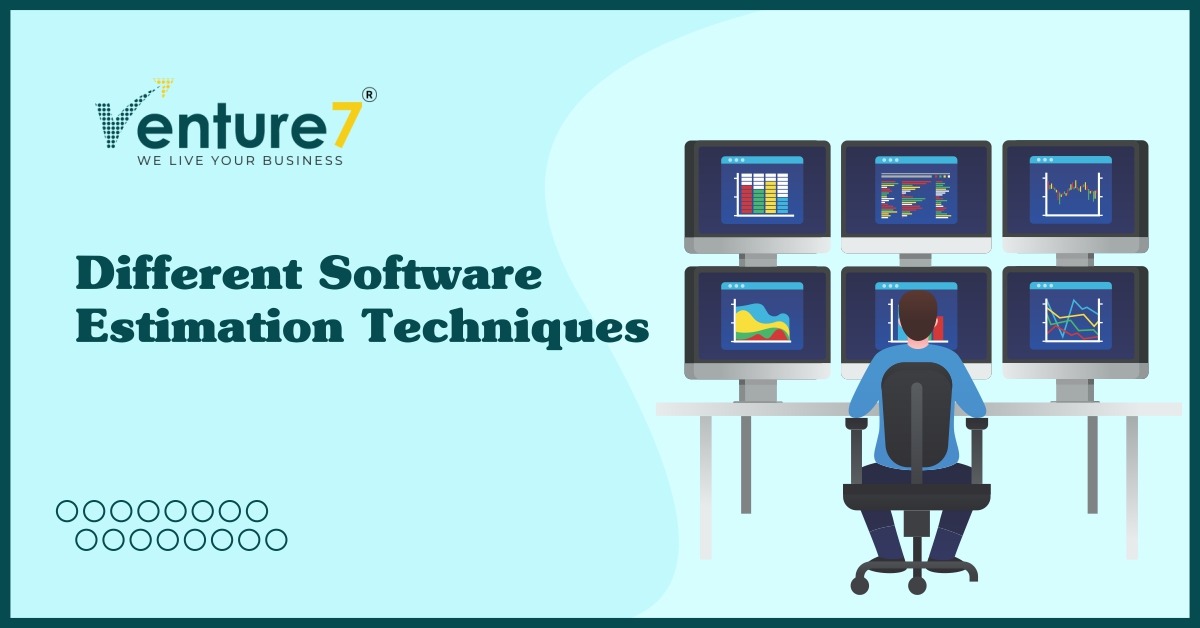
What are the different software effort estimation techniques?
What are the different software estimation techniques is a thought-provoking question. Every development team encounters its fair share of challenges when striving to meet delivery deadlines – it’s part and parcel of the job. This, in turn, can lead to considerable delays in software projects, leaving project owners scratching their heads in frustration. So, you […]
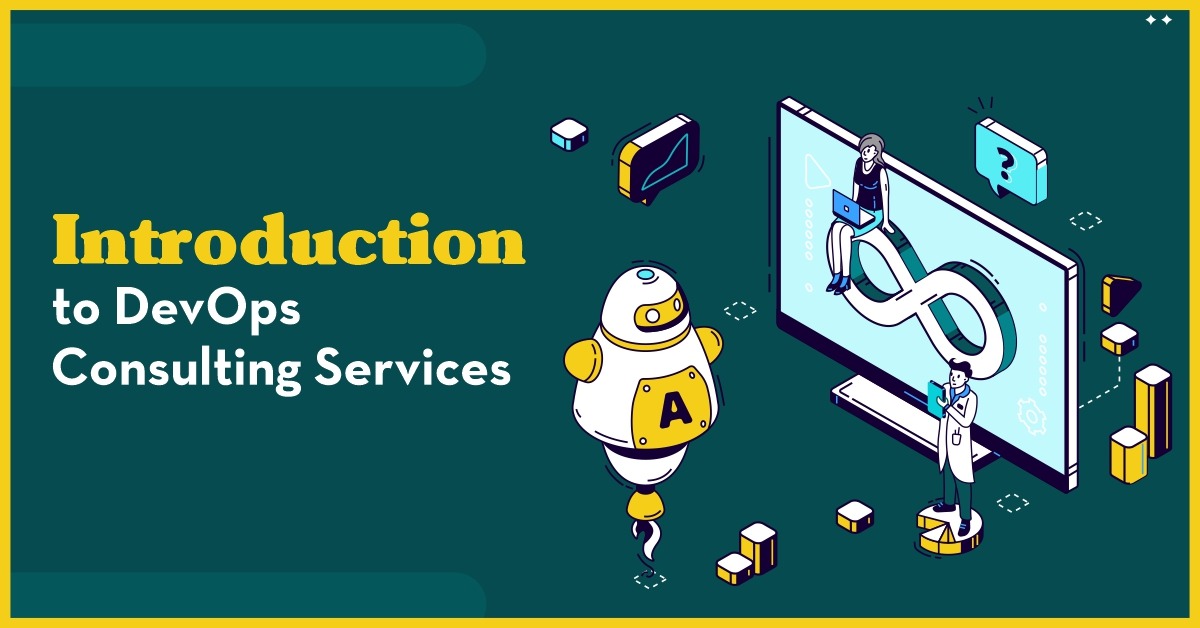
Introduction to DevOps Consulting Services
We provide DevOps consulting services to help you dramatically speed up and optimize your work processes using the most advanced automation, development, and implementation methods. We have excellent hands-on experience in bringing development and operations teams together. What types of DevOps Consulting Services does Venture7 provide? DevOps Implementation Consulting We offer DevOps consulting services to […]